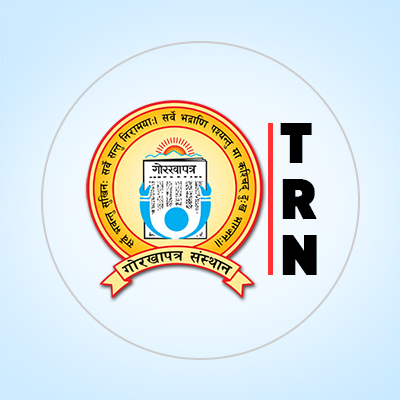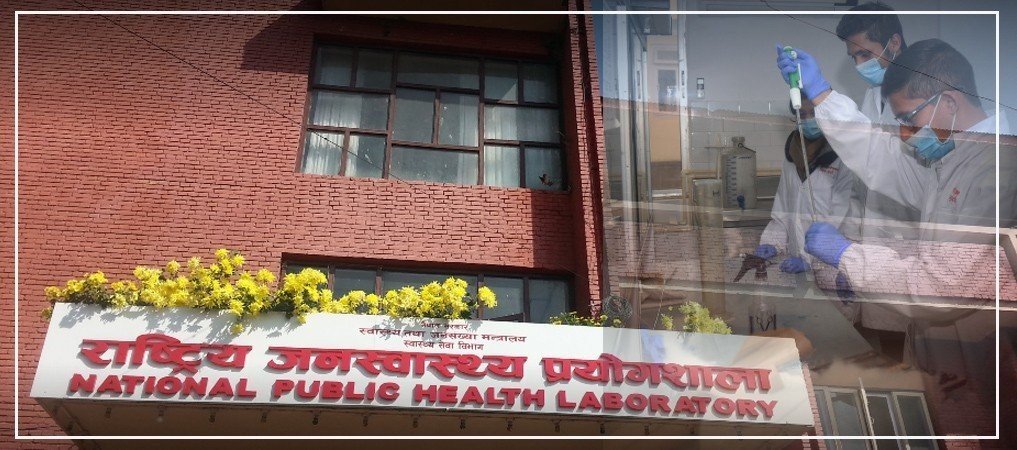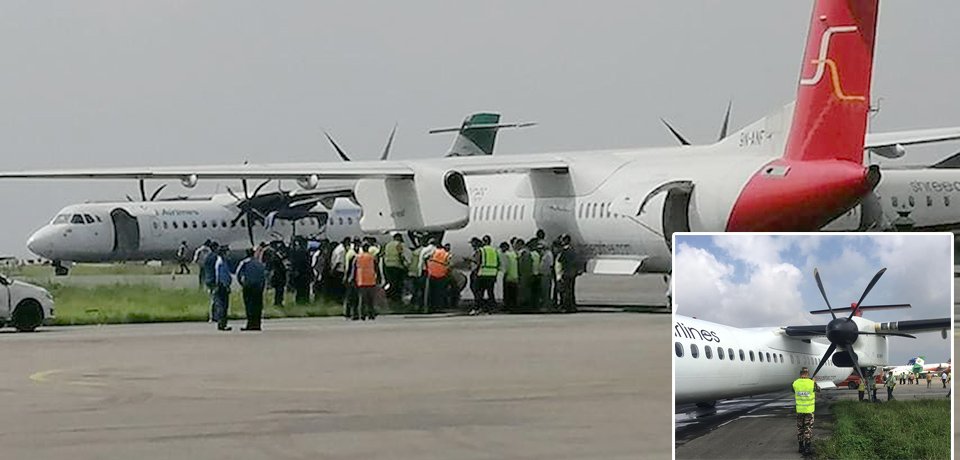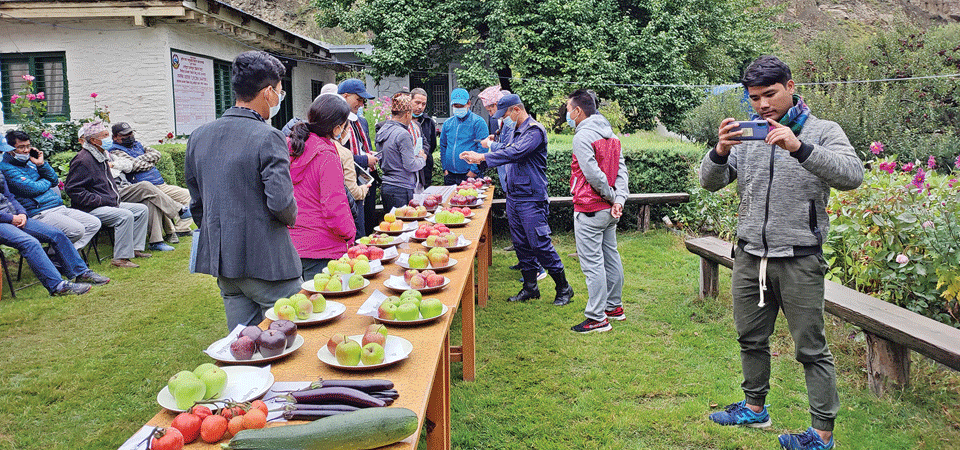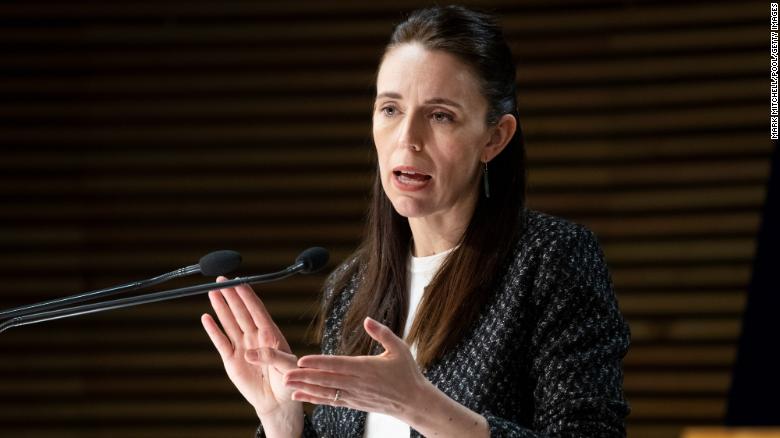Nepal becomes happiest country in South Asia
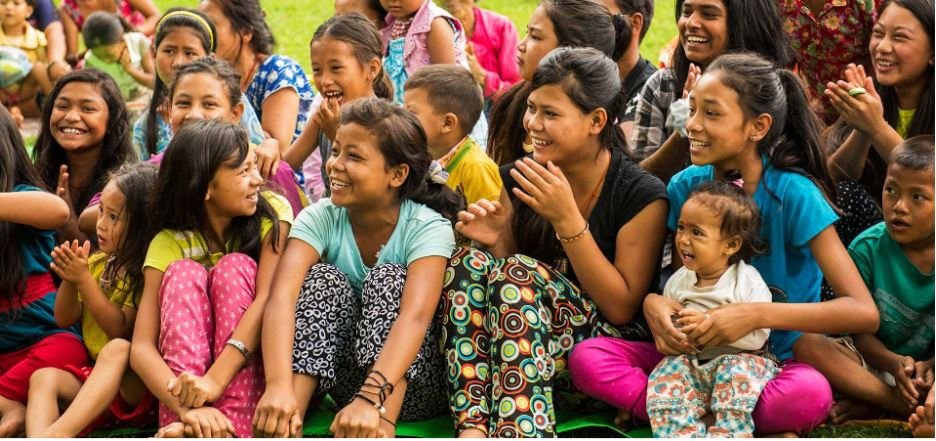
Kathmandu, Mar 19: Nepal has become the Happiest country in South Asia and 84th Happiest Country as per the World Happiness Report (WHR) 2022. The evaluation has been done from the year 2017 to 2021.
As per the report, Nepal has scored 5.377 becoming the happiest country in South Asia followed by Bangladesh in 94th rank with a 5.155 score. Pakistan ranked 121 with a 4.516 score, Sri-Lanka has been ranked 127, with a score of 4.632, India has been ranked 136 with a 3.777 score.
Finland became the happiest country in a row with a 7.821 score, followed by Denmark, Iceland, Switzerland, and Netherland. The least happy country in the world listed by WHR is Afghanistan with a 2.404 score.
The happiness report was conducted in 146 countries, other than Bhutan and Maldives. The preparation of the first World Happiness Report was based at the Earth Institute at Columbia University, with the Centre for Economic Performance’s research support at LSE (the London School of Economics), and CIFAR (the Canadian Institute for Advanced Research), through their grants supporting research at the Vancouver School of Economics at UBC (the University of British Columbia).
A total of eight predictors were used to give scores to each country. The predictors are GDP per capita in terms of Purchasing Power Parity (PPP), healthy life expectancy at birth, social support, freedom to make life choices, generosity, perception of corruption, positive affect, which is the average of previous-day affect measures for laughter, enjoyment, and doing or learning something interesting. Meanwhile negative affect, the average of previous-day affect measures for worry, sadness, and anger.
The report also reveals that life satisfaction has fallen for the young while for those over 60, it has risen with little over change. Worry and stress have risen by eight per cent in 2020 and four per cent in 2021 compared with pre-pandemic levels.
Recent News

Do not make expressions casting dout on election: EC
14 Apr, 2022
CM Bhatta says may New Year 2079 BS inspire positive thinking
14 Apr, 2022
Three new cases, 44 recoveries in 24 hours
14 Apr, 2022
689 climbers of 84 teams so far acquire permits for climbing various peaks this spring season
14 Apr, 2022
How the rising cost of living crisis is impacting Nepal
14 Apr, 2022
US military confirms an interstellar meteor collided with Earth
14 Apr, 2022
Valneva Covid vaccine approved for use in UK
14 Apr, 2022
Chair Prachanda highlights need of unity among Maoist, Communist forces
14 Apr, 2022
Ranbir Kapoor and Alia Bhatt: Bollywood toasts star couple on wedding
14 Apr, 2022
President Bhandari confers decorations (Photo Feature)
14 Apr, 2022
